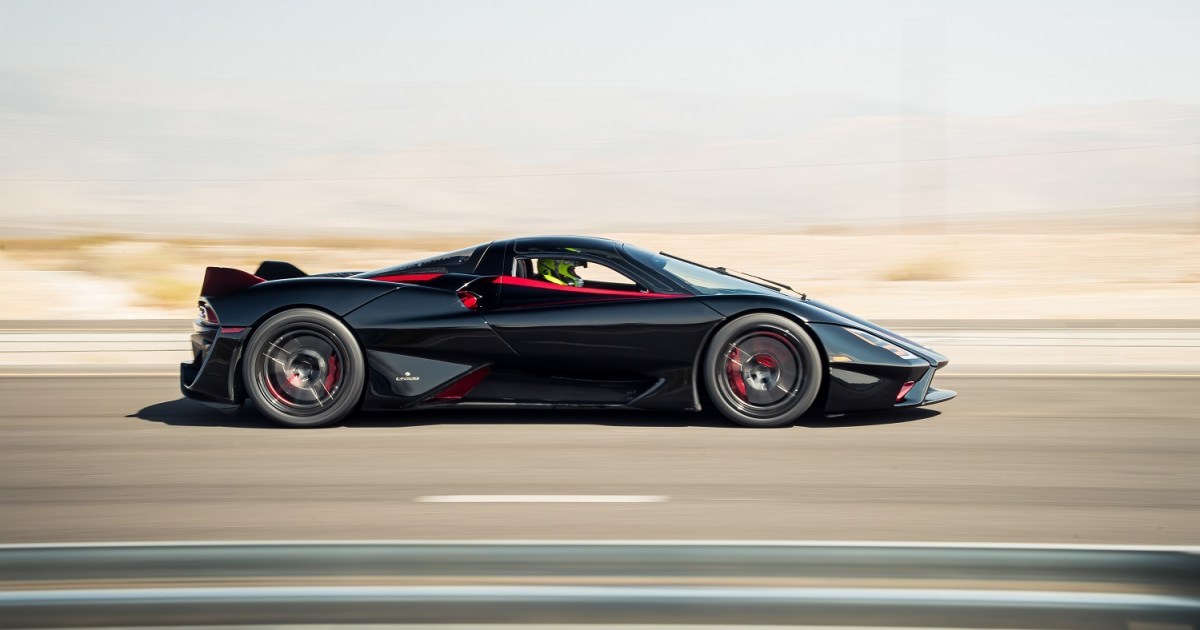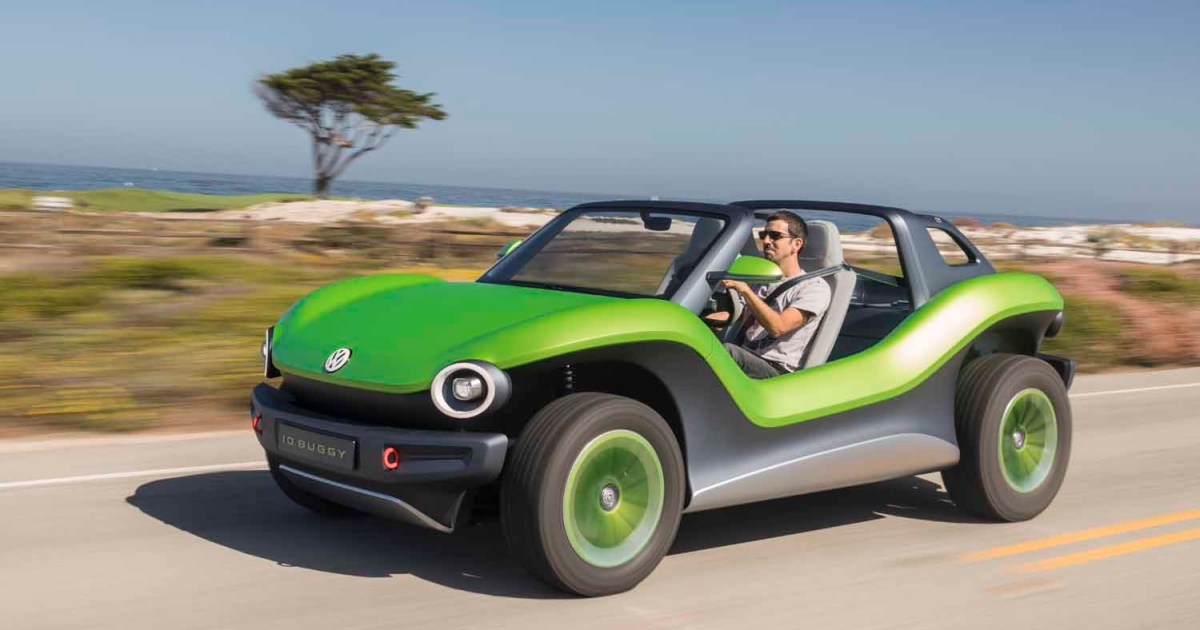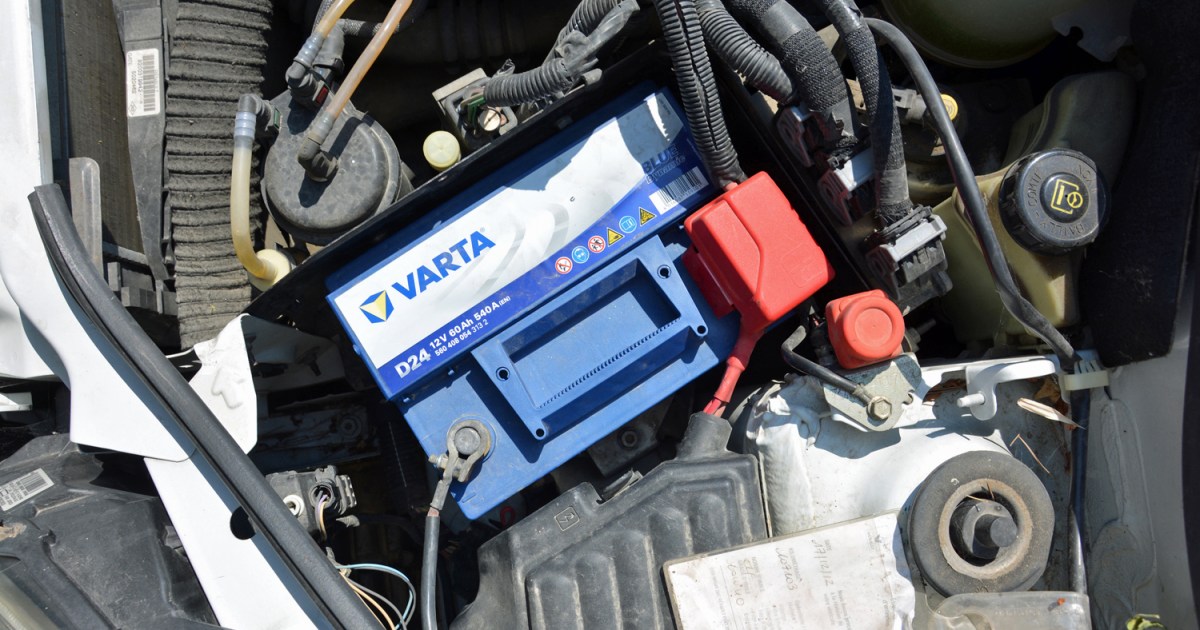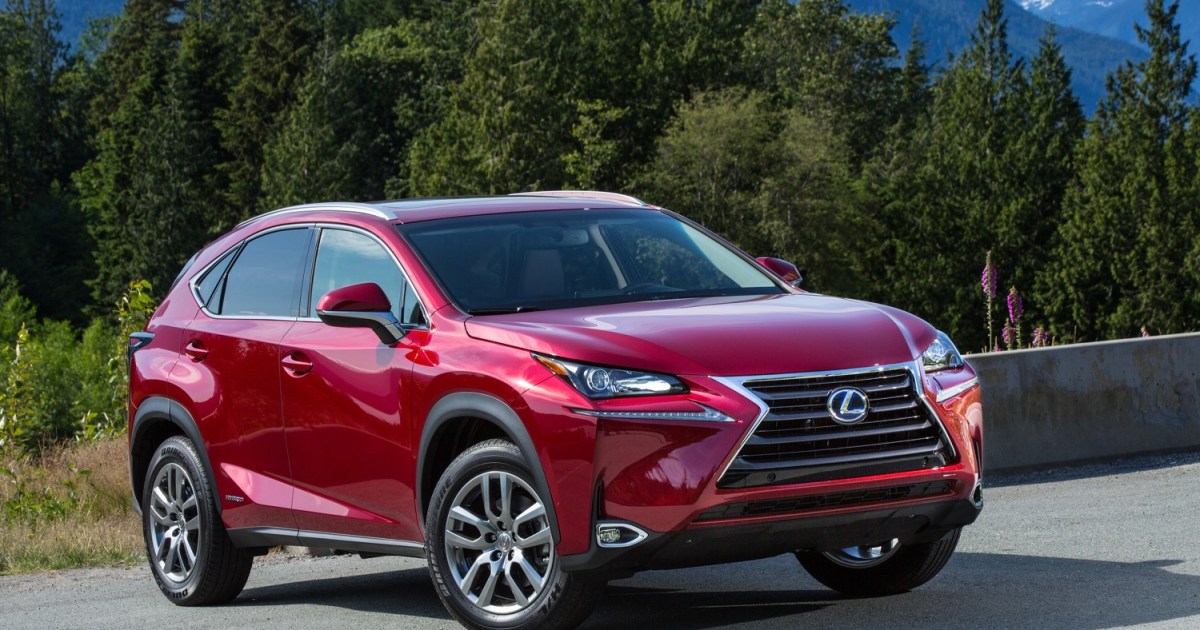After over a year, Bugatti’s 304-mph record has been shattered. On October 19, 2020, SSC North America and its Tuatara hypercar claimed the top speed crown, putting the relatively unknown Washington-based firm on the map. While speculation continues about the Chiron’s potential for higher speeds (confirmed by test pilot Andy Wallace), Bugatti has officially bowed out of the top speed race. Koenigsegg, with its Jesko Absolute, aims to challenge the Tuatara, but finding a suitable track to test its theoretical 330 mph top speed remains a hurdle.
This list showcases the fastest production cars globally, emphasizing “production.” Modified vehicles, dragsters, rally cars, and one-offs are excluded. The listed top speeds are generally acknowledged as legitimate by automotive media and sanctioning bodies.
SSC Tuatara (316 mph)
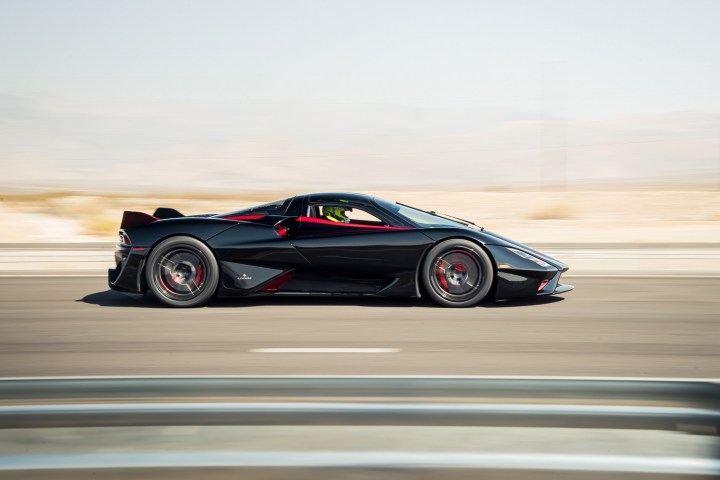 SSC TuataraImage used with permission by copyright holder
SSC TuataraImage used with permission by copyright holder
Founded in 1998, SSC North America achieved a Guinness-certified average speed of 316.11 mph on a closed section of Nevada’s State Route 160. Driver Oliver Webb hit 301.07 mph in one direction and an astounding 331.15 mph in the other. Remarkably, this feat was accomplished on street tires and standard fuel. The Tuatara’s power comes from a 5.9-liter twin-turbo V8, generating 1,750 hp on E85 and 1,350 hp on 91-octane gasoline. The car weighs approximately 2,750 pounds.
Bugatti Chiron Super Sport 300+ (304 mph)
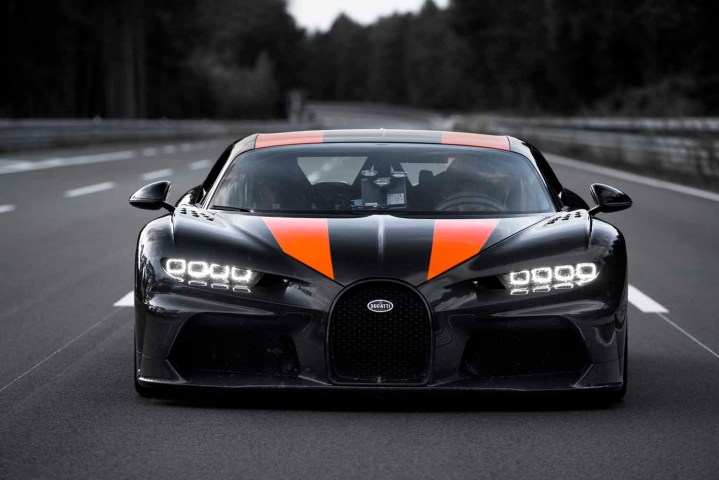 Bugatti Chiron Super Sport 300+Image used with permission by copyright holder
Bugatti Chiron Super Sport 300+Image used with permission by copyright holder
The Chiron Super Sport 300+ holds the second-place spot. Andy Wallace piloted this limited-edition Bugatti to 304 mph at Germany’s Ehra-Lessien test track in August 2019, becoming the first to break the 300 mph barrier in a production car. This longtail version of the Chiron boasts 1,600 hp.
Hennessey Venom F5 (301 mph, claimed)
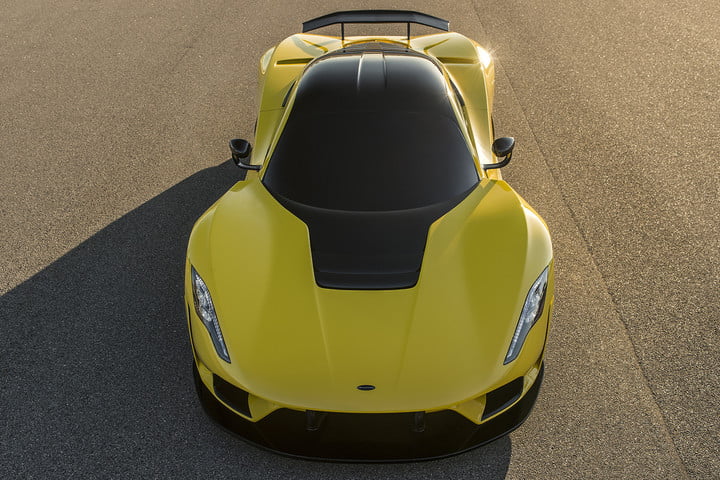 Hennessey Venom F5Image used with permission by copyright holder
Hennessey Venom F5Image used with permission by copyright holder
Following its unofficial 270 mph run in 2014 with the Venom GT, Hennessey aims for 301 mph with the Venom F5. Built on a 2,950-pound carbon fiber chassis, the F5 features a 7.4-liter twin-turbo V8 producing 1,600 hp, enabling a claimed 0-249-0 mph time under 30 seconds. Official confirmation from Guinness is pending.
Koenigsegg Agera RS (278 mph)
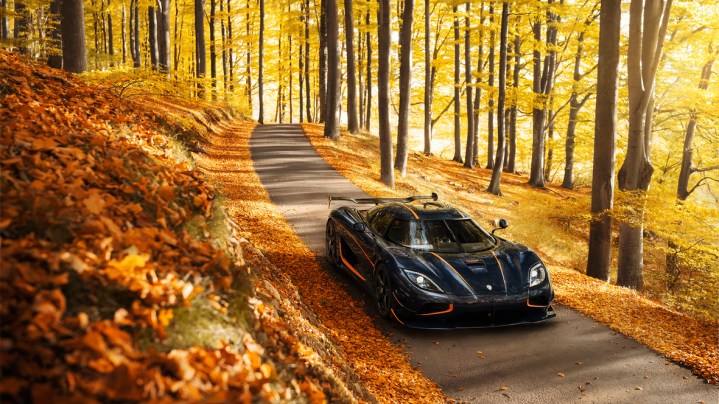 Koenigsegg Agera RSImage used with permission by copyright holder
Koenigsegg Agera RSImage used with permission by copyright holder
Before Bugatti’s Chiron, the Koenigsegg Agera RS held the top speed record. On a closed section of Nevada’s Route 160, this 1,160 hp Swedish hypercar achieved 284.55 mph and 271.19 mph in two runs, averaging 277.9 mph.
Hennessey Venom GT (270 mph)
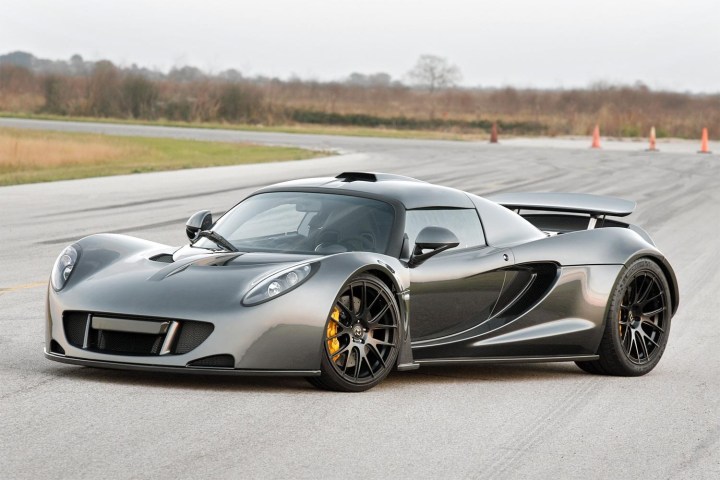 Hennessey Venom GTImage used with permission by copyright holder
Hennessey Venom GTImage used with permission by copyright holder
The Venom GT hit 270.4 mph at the Kennedy Space Center in 2014, but the single-direction run and the car’s limited production status prevented official recognition by Guinness.
Bugatti Veyron Super Sport (268 mph)
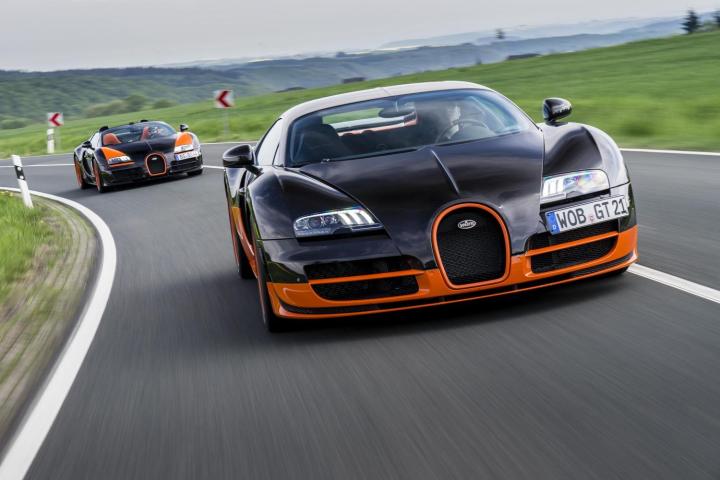 Bugatti Veyron Super SportImage used with permission by copyright holder
Bugatti Veyron Super SportImage used with permission by copyright holder
Volkswagen’s ambition with Bugatti was to build the world’s fastest production car. The Veyron, with its $1.7 million price tag and 1,000 hp quad-turbo W16 engine, initially achieved this. After being briefly surpassed by the SSC Ultimate Aero, Bugatti responded with the Veyron Super Sport, boosting power to 1,200 hp and incorporating aerodynamic enhancements. It achieved 268 mph at Ehra-Lessien.
Rimac Concept Two (258 mph, claimed)
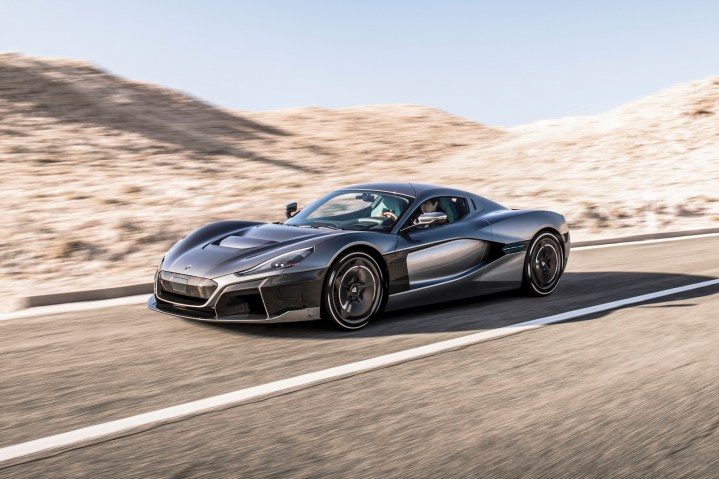 Rimac Concept TwoImage used with permission by copyright holder
Rimac Concept TwoImage used with permission by copyright holder
The all-electric Rimac Concept Two boasts four motors producing a combined 1,914 hp and 1,696 lb-ft of torque. Rimac claims a 0-60 mph time of 1.85 seconds and a 258 mph top speed, along with a 404-mile range (European cycle). These figures are yet to be verified.
SSC Ultimate Aero (256 mph)
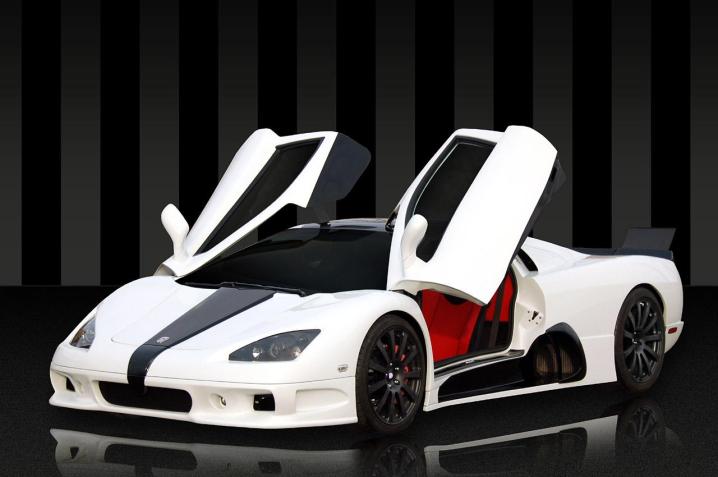 SSC Ultimate AeroImage used with permission by copyright holder
SSC Ultimate AeroImage used with permission by copyright holder
In 2007, the SSC Ultimate Aero briefly held the top speed record, reaching 256 mph with its 1,287 hp, 6.3-liter twin-turbo V8.
Aston Martin Valkyrie (250 mph, claimed)
 Aston Martin ValkyrieImage used with permission by copyright holder
Aston Martin ValkyrieImage used with permission by copyright holder
Developed in collaboration with Red Bull Racing, the Aston Martin Valkyrie utilizes F1 technology. Its hybrid powertrain, combining a 900 hp, 6.5-liter V12 with an electric motor, targets a combined output of 1,130 hp and a 250 mph top speed.
McLaren Speedtail (250 mph, claimed)
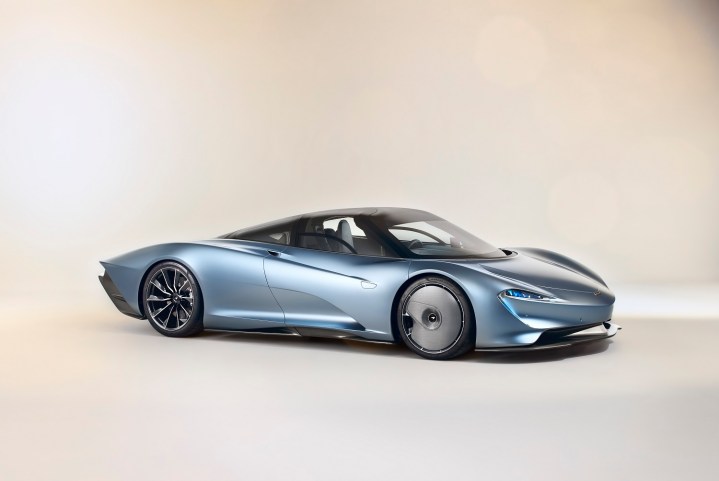 McLaren SpeedtailImage used with permission by copyright holder
McLaren SpeedtailImage used with permission by copyright holder
The limited-edition McLaren Speedtail (BP23), featuring a three-abreast seating configuration, utilizes a hybrid V8 powertrain producing 1,035 hp. McLaren claims a 250 mph top speed, making it the fastest McLaren road car, and a 0-186 mph time of 12.8 seconds.
Tesla Roadster (250 mph, claimed)
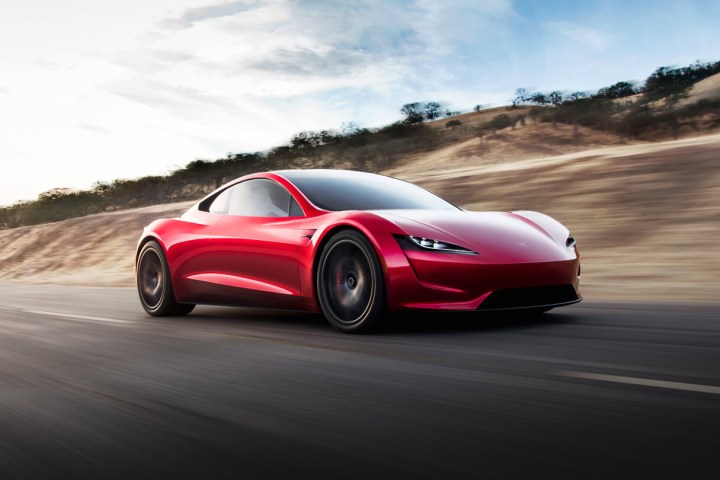 Tesla RoadsterImage used with permission by copyright holder
Tesla RoadsterImage used with permission by copyright holder
The second-generation Tesla Roadster boasts impressive claimed figures: 0-60 mph in 1.9 seconds, 0-100 mph in 4.2 seconds, and a 250 mph top speed, along with a 620-mile range. These figures, based on a massive 200kWh battery pack, await real-world validation.
Milan Red (249 mph, claimed)
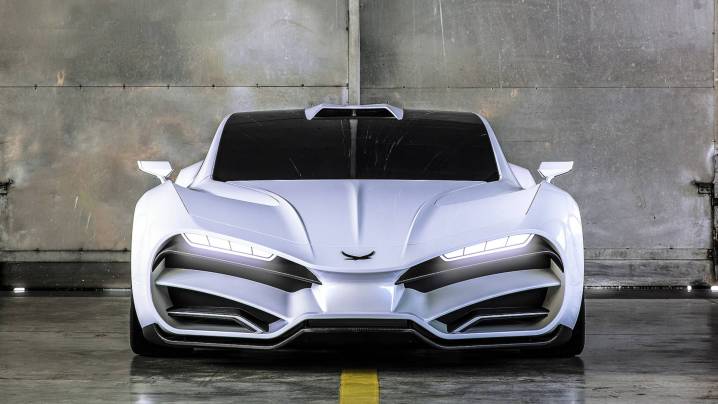 Milan RedImage used with permission by copyright holder
Milan RedImage used with permission by copyright holder
The Austrian-built Milan Red features a 6.2-liter quad-turbo V8 producing a claimed 1,307 hp and 1,303 lb-ft. Milan Automotive targets a 0-62 mph time of 2.47 seconds and a top speed of 249 mph.
Saleen S7 Twin Turbo (248 mph)
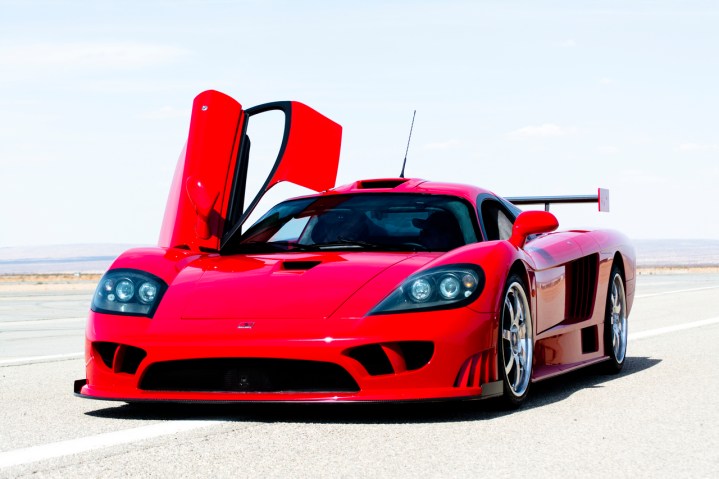 Saleen S7 Twin TurboImage used with permission by copyright holder
Saleen S7 Twin TurboImage used with permission by copyright holder
America’s first mid-engined supercar, the Saleen S7, featured a 7.0-liter V8. The twin-turbo version boosted output to 750 hp, achieving a 248 mph top speed.
Koenigsegg CCR (242 mph)
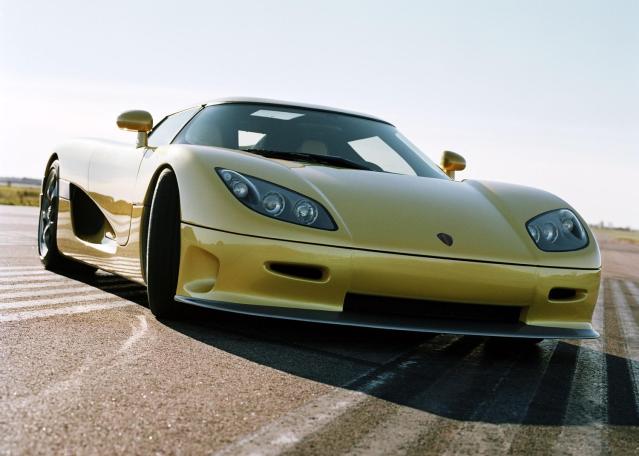 Koenigsegg CCRImage used with permission by copyright holder
Koenigsegg CCRImage used with permission by copyright holder
The Koenigsegg CCR briefly held the world’s fastest title in 2005, reaching 242 mph at Italy’s Nardo Ring. It featured a 4.7-liter V8 and a carbon fiber body.
McLaren F1 (241 mph)
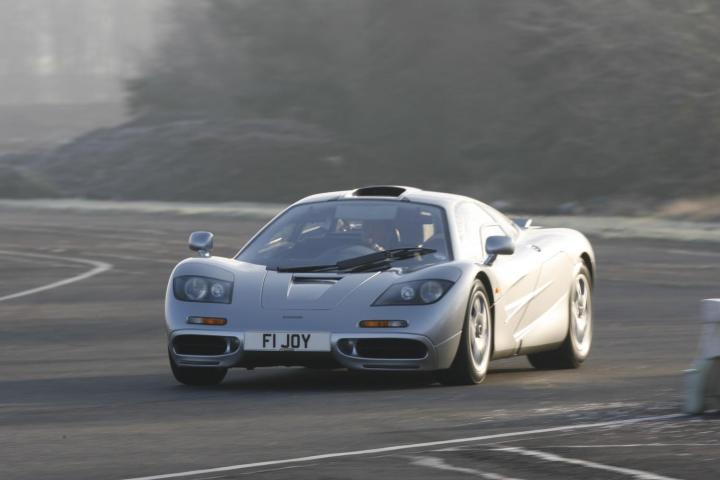 McLaren F1Image used with permission by copyright holder
McLaren F1Image used with permission by copyright holder
The iconic McLaren F1, with its central driving position, 6.1-liter BMW V12, and carbon fiber body, achieved a top speed of 241 mph.
Pagani Huayra BC (238 mph)
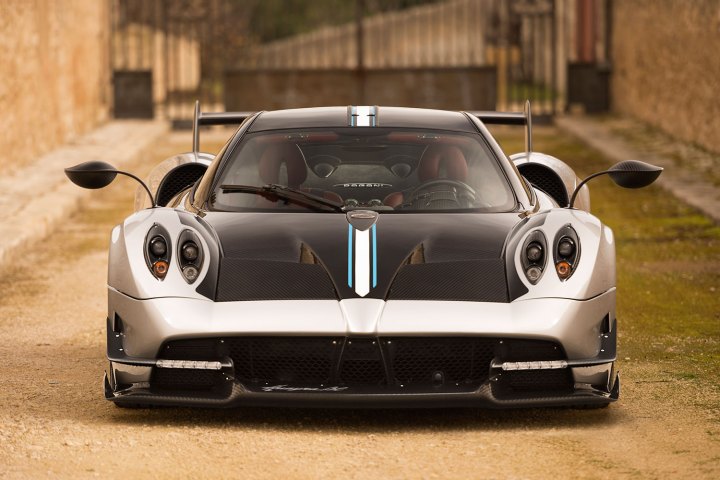 Pagani Huayra BCImage used with permission by copyright holder
Pagani Huayra BCImage used with permission by copyright holder
The Pagani Huayra BC, known for its aggressive aerodynamics and track-focused design, boasts a top speed of 238 mph.



